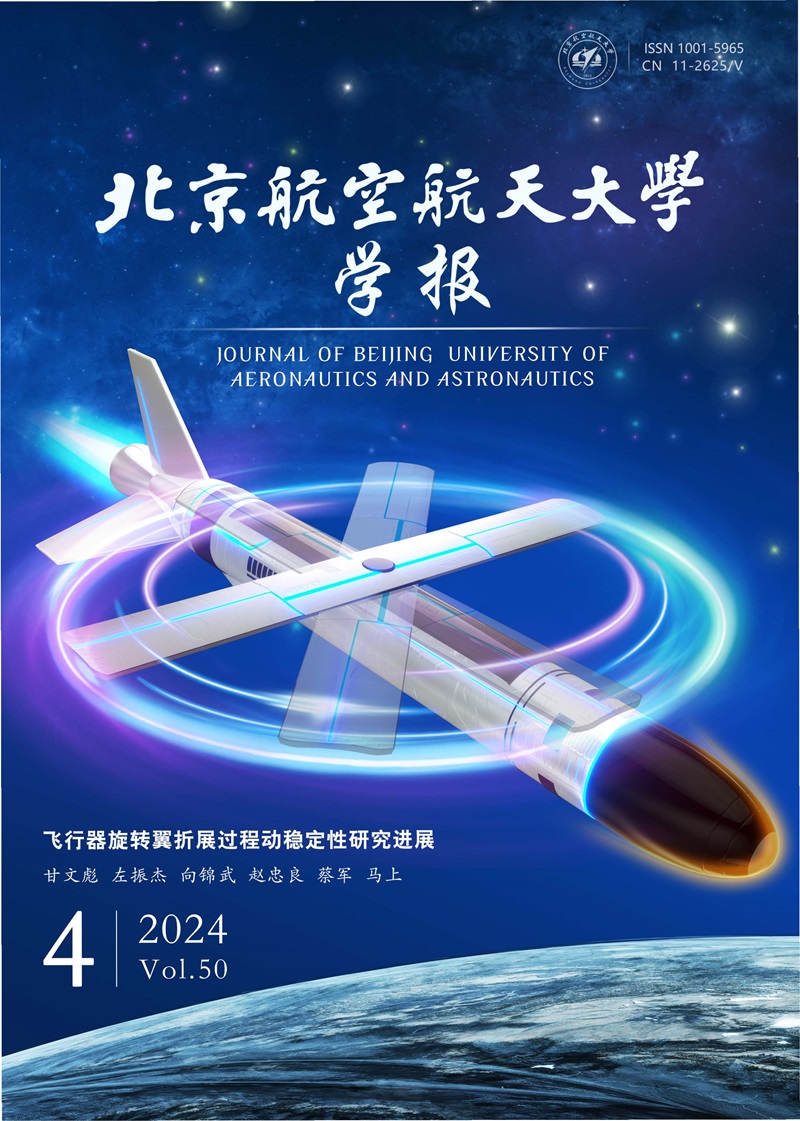2004 Vol. 30, No. 06
2004, 30(06): 493-497.
Abstract:
2004, 30(06): 502-505.
Abstract:
2004, 30(06): 539-542.
Abstract:
2004, 30(06): 543-546.
Abstract:
2004, 30(06): 565-568.
Abstract:







 XML Online Production Platform
XML Online Production Platform

